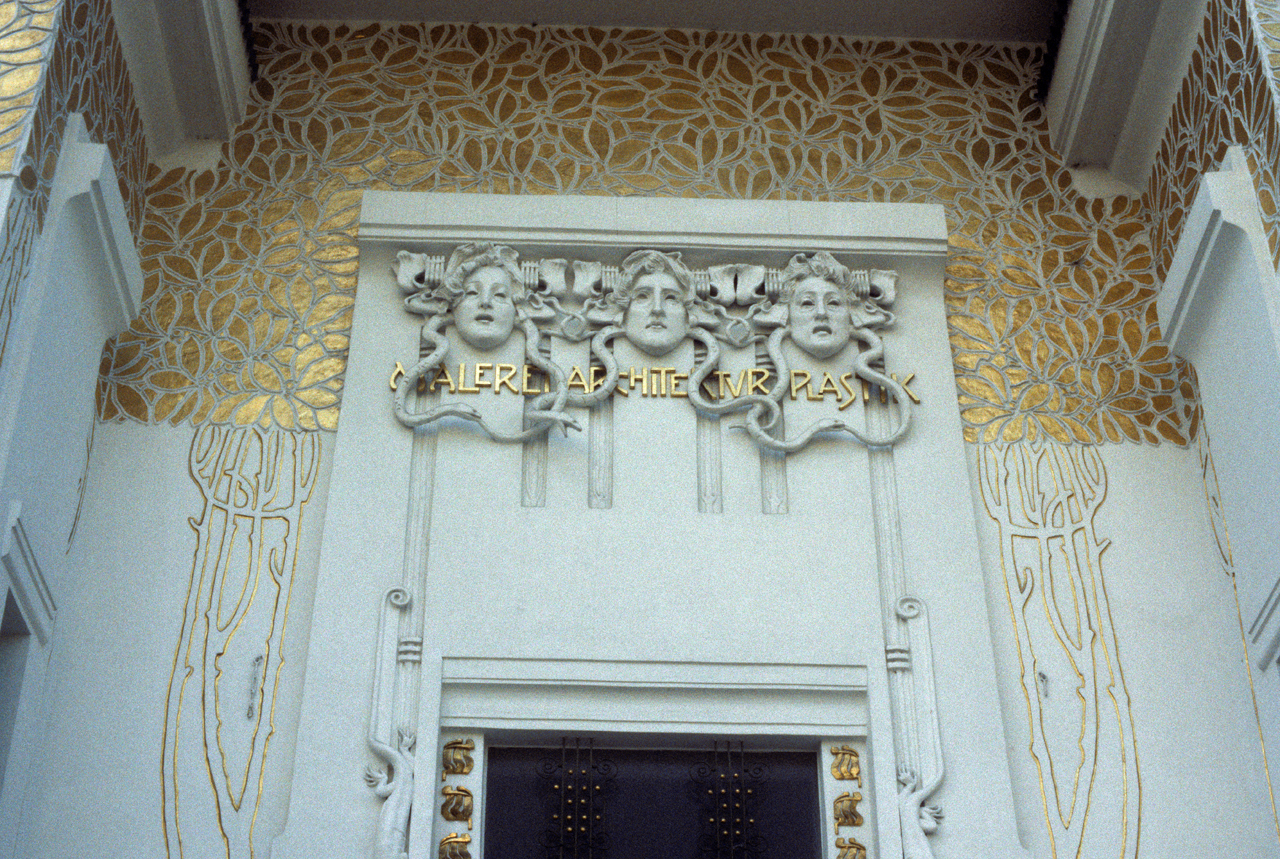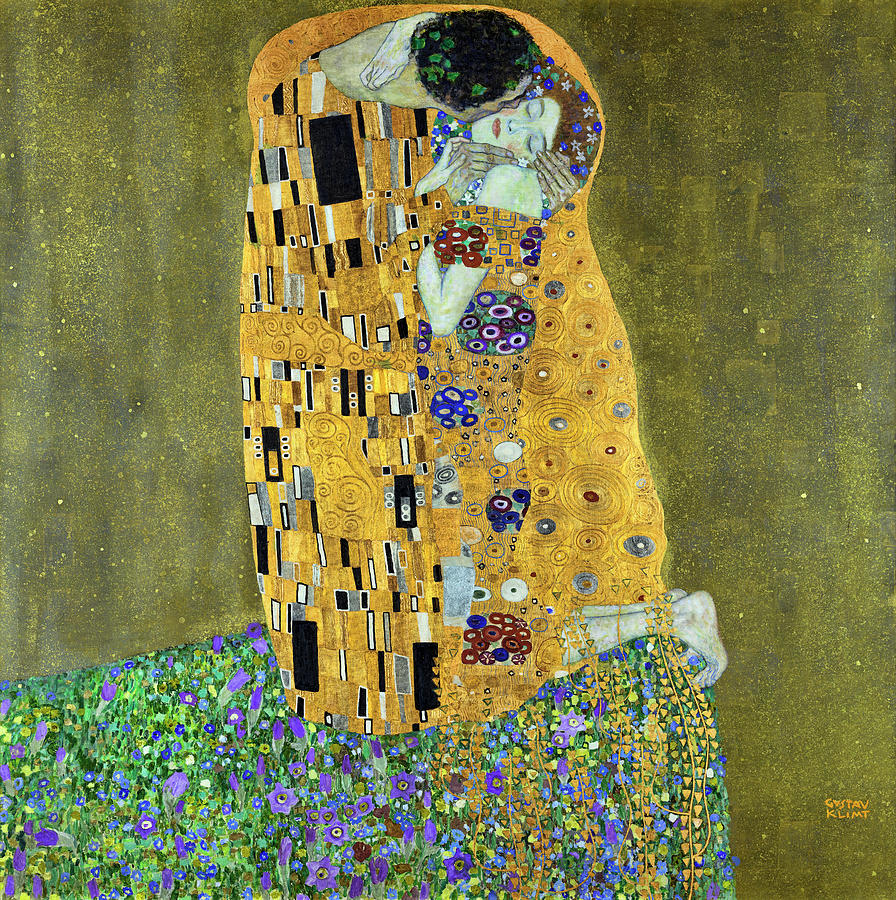

He subsequently accepted no more public commissions, but achieved a new success with the paintings of his "golden phase", many of which include gold leaf. As he began to develop a more personal style, his work was the subject of controversy that culminated when the paintings he completed around 1900 for the ceiling of the Great Hall of the University of Vienna were criticized as pornographic. Among the artists of the Vienna Secession, Klimt was the most influenced by Japanese art and its methods.Įarly in his artistic career, he was a successful painter of architectural decorations in a conventional manner. Klimt was one of the founding members and president of the Wiener Sezession (Vienna Secession) in 1897, and of the groups periodical Ver Sacrum (Sacred Spring). Amongst his figurative works, which include allegories and portraits, he painted landscapes.


Klimt's primary subject was the female body, and his works are marked by a frank eroticism. At first sight, Klimts Hygieia seems to be put another representation of the femme fatale. It was to be Gustav Klimt’s last public commission. Klimt is noted for his paintings, murals, sketches, and other Objects d'art. In 1905, the artist refused to deliver the artworks to the Ministry of Education and, aided by his patron August Lederer, paid back his fee of 30,000 Crowns (today approximately 162,000 Euros). In addition to his role as co-founder and first president of the Vienna Secession, the artist's participation in Italian exhibitions such as the Biennale di Venezia in 1910 and the International Art Exhibition in Rome in 1911 are highlighted as well. Gustav Klimt was an Austrian symbolist painter and one of the most prominent members of the Vienna Secession movement. The Secession and Italy traces the various stages of Gustav Klimt's creative process.


 0 kommentar(er)
0 kommentar(er)
